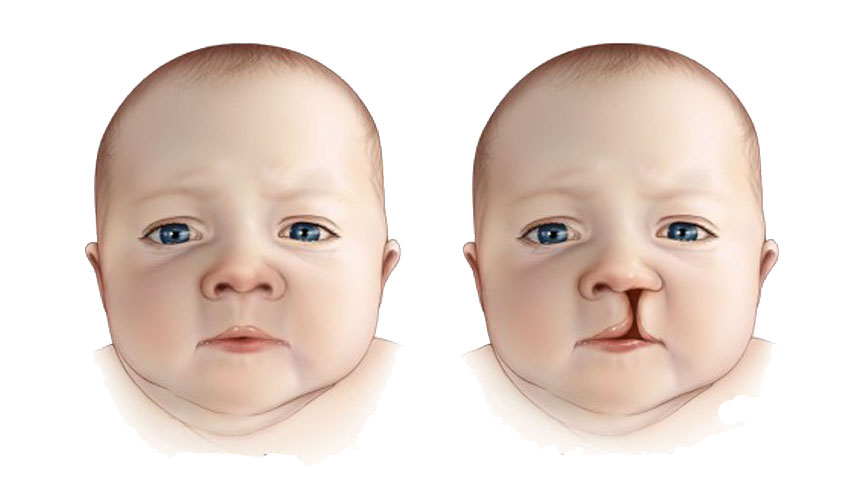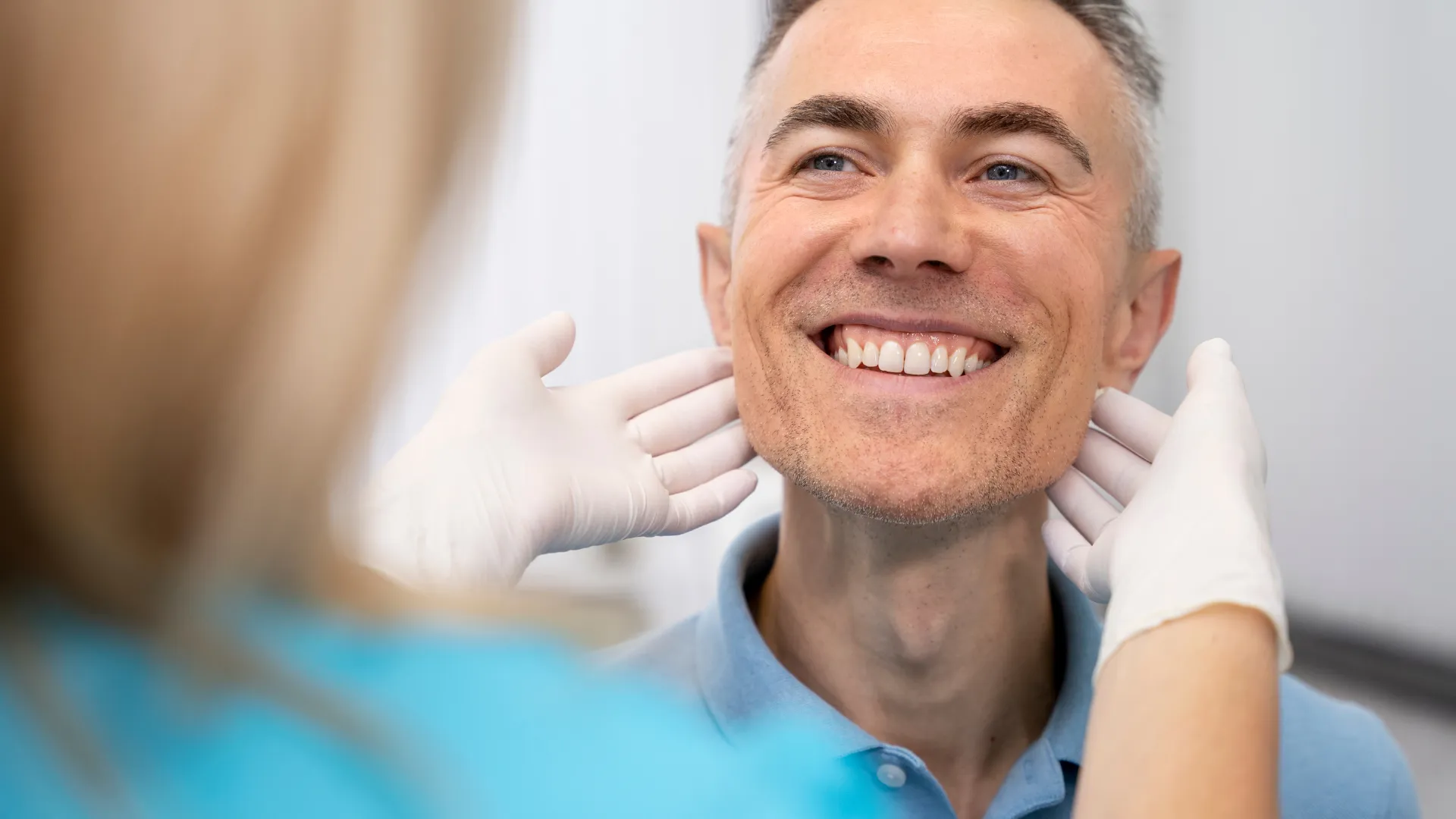In the second and third months of the gestation period, under normal conditions, the tissues that make up the lips and palate fuse together. However, in infants with cleft lip and cleft palate, this process either does not occur at all or occurs incompletely. But no exact factor known to cause this condition can be shown. It is believed that it can be caused by genetic and environmental factors.
After all, any situation that can affect the development of the fetus in the womb, such as heredity, infections, drug use, smoking, alcohol, radiation, can be the cause. Frankly, Causes of Cleft Lip and Cleft Palate has not yet been scientifically proven. However, its causes are being investigated according to some health data.
What are the Types of Cleft Lips?
Types of Cleft Lips are divided into three, namely microform, incomplete and complete cleft.
Microform Cleft
With childbirth, the child may have a slit in the form of a small notch on the lip. This condition is called microform cleft.
Ikomplet Cleft
It can be one-sided or two-sided. In this case, known as a cleft, it occurs when the base of the baby’s nose is not fully involved.
Komplet Cleft
This type of cleft, which also covers the base of the nose, can be both one-sided and two-sided.
Specialist doctors for the treatment of cleft lip first try to determine the condition of the baby by asking parents various questions. It is checked if any of the family members have this problem, it can ask various questions to determine conditions such as whether this condition affects your baby’s nutrition. The appropriate time for the treatment of this condition is the first 12 months after the child is born.
What are the Types of Cleft Palate?
During the period when the baby is in the womb, there is a possibility of encountering various ailments. Among them, the formation of lip-palate cleft is shown. It is because of the cleft palate that the baby is born to the world as a patient. On the other hand, there are various classes of discomfort. The types of cleft palate are listed below and their descriptions have been made.
- Cleft Soft Palate
- Hard Palate Slits
- Both Primary and Secondary Cleft Palate
- Submucosal Cleft Palate
What are the Causes of Cleft Lip and Cleft Palate?
The cause of the disease is not fully known today, but the factors that cause cleft lip and palate are smoking and alcohol use during pregnancy, epilepsy medications, blood thinners such as warfarin, rheumatism medications, and vitamin and folic acid deficiencies. Genetics is also important in the development of the disease. If there are individuals with cleft lip and palate in the family, the risk of disease in the child is up to 4%. If 2 children are affected, the risk increases to 9%. 13.
The presence of cleft palate and lips during pregnancy in the womb. From the week it can be observed by the obstetrician-gynecologist with ultrasound of the abdomen. In addition, there is no established prenatal test. At the first examination after delivery, the patient is sent to the plastic surgery department in suspicious cases and the necessary recommendations are made by us.
After a baby is diagnosed with a lip cleft, a surgical intervention is performed to correct the baby’s lip anatomy. The lip is corrected both functionally and cosmetically. Cleft lip and palate are observed in a wide range, and the current anomaly is evaluated as the location of the cleft, whether it is bilateral, full or non-full cleft, and is included in the treatment planning.
At What Age Should Cleft Lip and Cleft Palate Treatment Be Started? How Is Cleft Lip Treatment Performed?
Although it is necessary to take action as soon as the baby is born for cleft lip treatment, surgery should be performed in the first year. In the cleft lip, the baby is usually operated under general anesthesia around 3 months due to the better healing of the scar, and in the cleft palate around 9 months after reaching a sufficient weight.
Although different techniques are used for cleft lip treatment, a method that is basically defined as flap surgery, which includes muscle repair by sliding tissues, is applied. The slit can be closed by advancing the tissue from the slit side and turning the tissues from the non-slit side. Some children with cleft lip also have cleft palate. Cleft palate occurs when the palate part of the mouth is not completely joined, resulting in an opening. Cleft palate surgery is usually performed when the child is around 1 year old. The operation is performed after the lip cleft has been successfully repaired.
Surgeons can use various techniques to close the cleft palate. Usually, they close several layers of the palate and properly mutually sew the November of the palate. However, they often leave part of the palate open. This creates a ground for the child’s mouth, palate and chin to grow. Later, surgeons can close this opening.
At What Age Is Cleft Lip Surgery and Cleft Palate Performed?
The child’s cleft lip surgery to have the surgery and to allow the development of overall body tissues and minimum scar (scar) will leave most to be done at an early age, cleft palate surgery, wait until it won’t affect facial development, however, the cleft due to the negative effect on speech functions, the talk needs to be done before (12-18 months) is ideal.
A healthy diet is also essential for normal development and weight required for surgery. Cleft lip and palate requires a new planning of the baby’s nutrition. In the process of feeding, the baby should be breastfed on his lap, in a semi-sitting position of 45 degrees, if there are problems with breastfeeding, he should be fed with a spoon or special bottles.
If you have any questions about Cleft Lip and Cleft Palate, give us a call and we will provide you with the fastest and most effective solution suggestions. As well as with the most affordable treatment fees. We are waiting for you to call us.
Contact us now to get professional counseling from Dr. Burak Sercan regarding your next tissue repair procedure.











